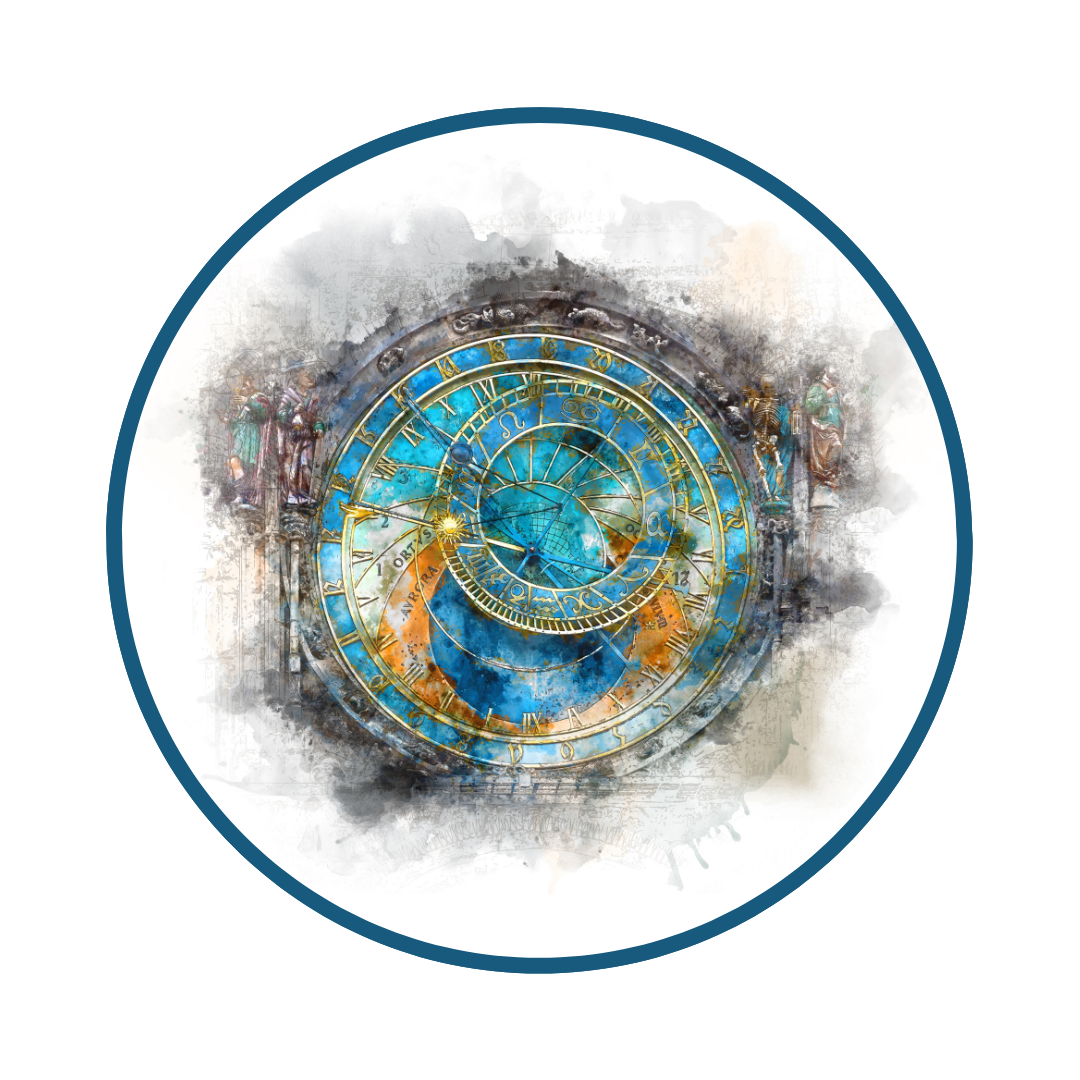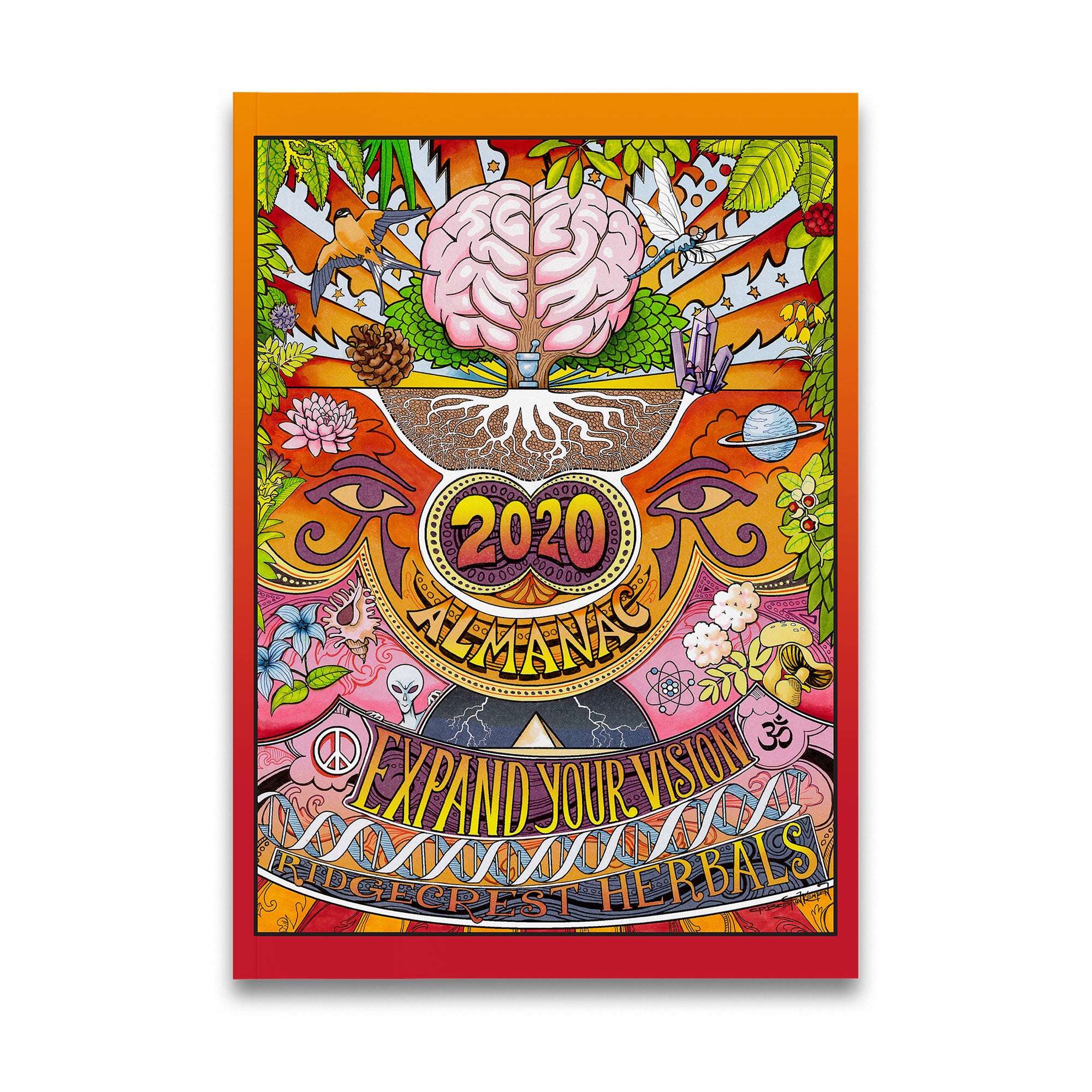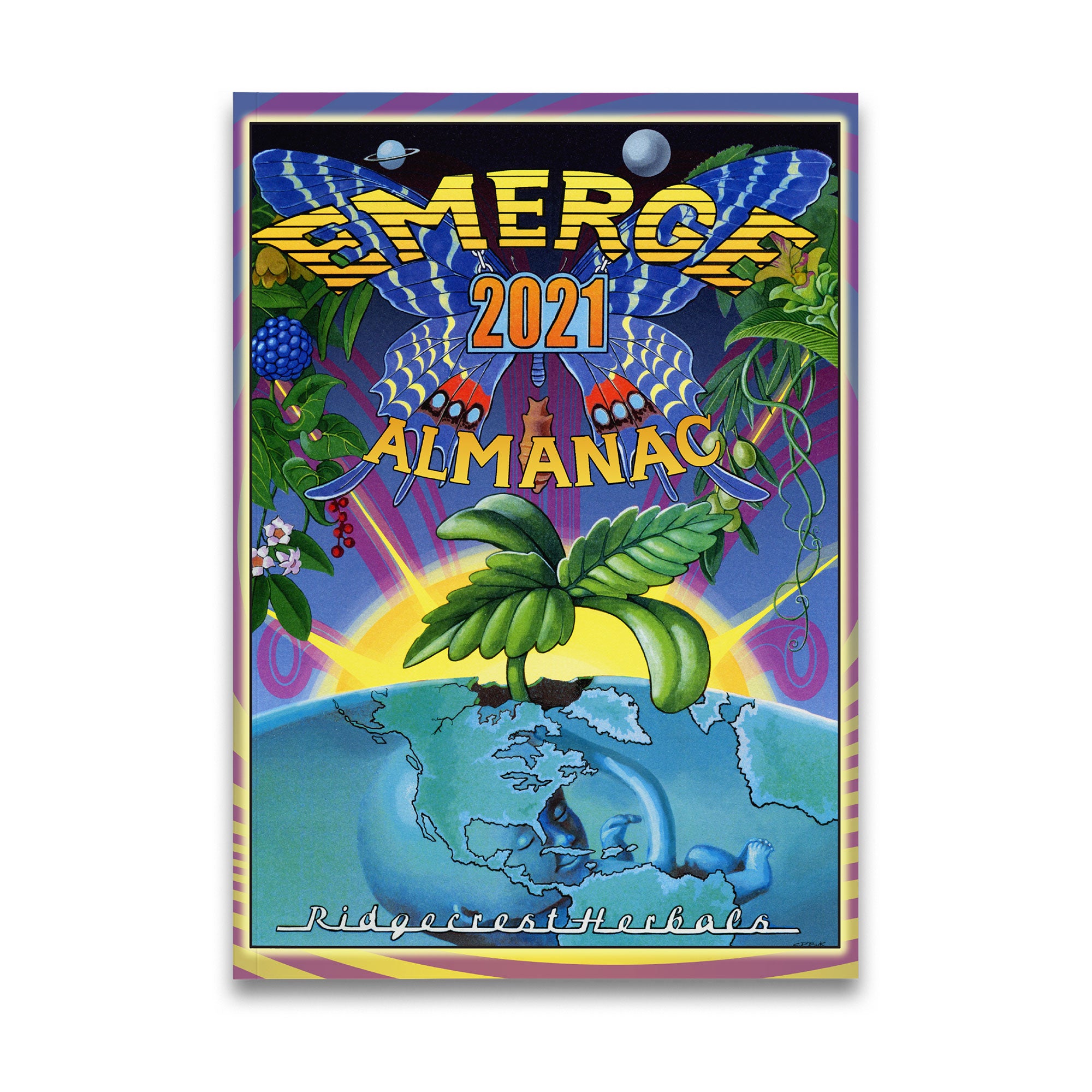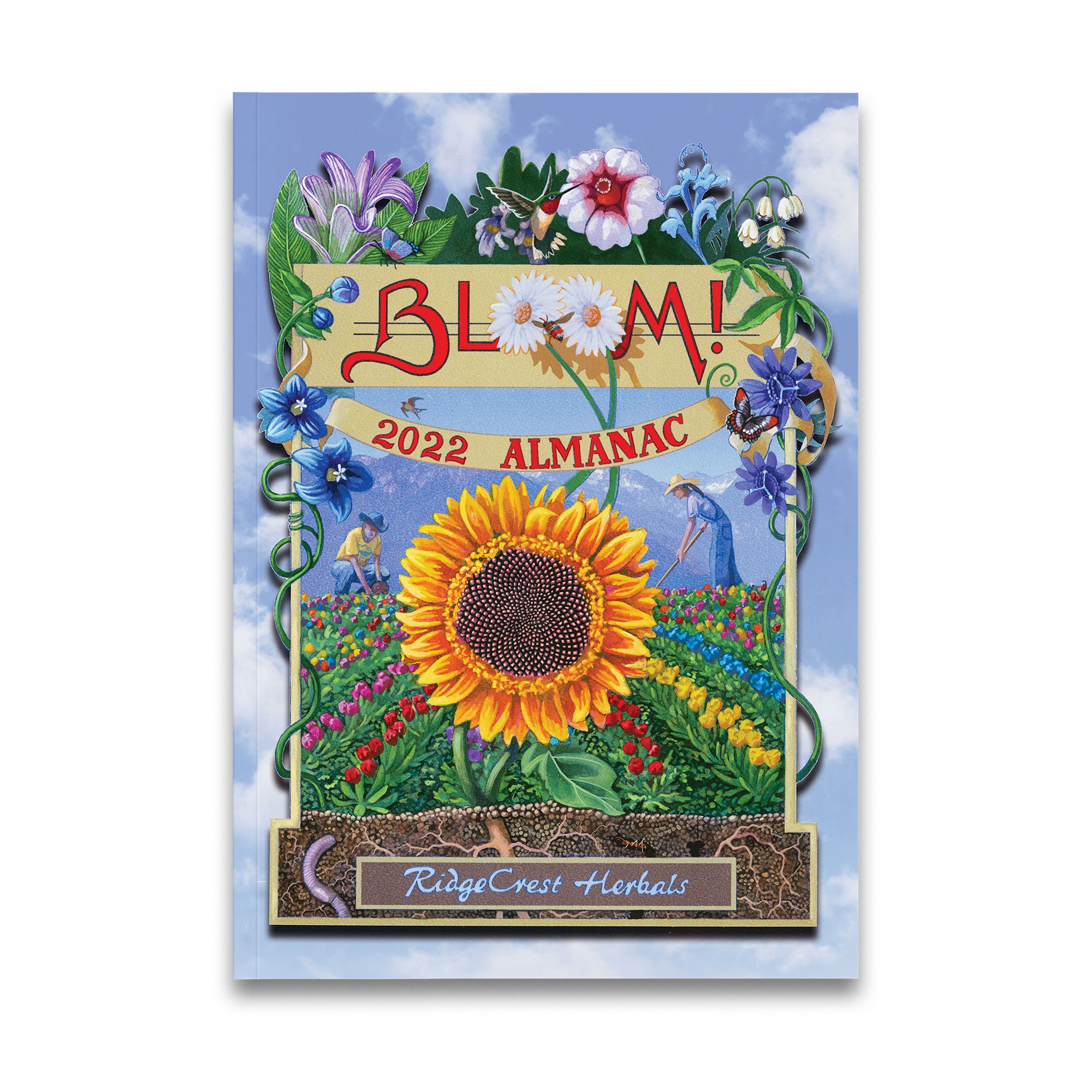The Prague Astronomical Clock, or Prague Orloj, is attached to the old Prague town hall and was first installed in 1401. It is the third-oldest astronomical clock globally and the oldest still operating.
Initially, the clock was an astrolabe, a medieval device for timekeeping and astronomical studies. It shows the current state of the universe. The dial’s background has circles of blue representing daytime and the parts of the sky that are above the horizon, and the red and black circles represent areas below the horizon.
The clock has three hands. One is a small star hand that shows the vernal equinox and star time. The sun hand has two parts. One is a sun, and one is a hand. When the days are longer, the sun slides down the hand to match the golden hand. When the days are shorter, the sun will move down away from the hand, representing shorter days. When the sun is rising or setting, the sun hand will be in the red circle. When the sun is in the black circle, it is nighttime. There is also a zodiac dial that shows the position of the stars and the current month.
The clock tells time in three different ways: old Bohemian time, the Unequal Hours, and the modern local time matching our 24-hour clock. Old Bohemian time is shown in the Arabic numerals set in a black background, and it starts the 24-hour cycle at sunset, which varies based on the time of the year. The dial will adjust to reflect that. The current time is kept with the Roman numerals and is shown on the golden clock hand. The Unequal Hours are the black numbers located in blue and begin when the day starts at sunrise. Midday is indicated at the 6th hour, and sunset is the 12th hour. In this system, the length of an hour varies by season, hence the Unequal Hours.
The moon dial shows the moon’s path as it passes the earth. One thing that makes the Orloj unique is that the moon dial changes to reflect the moon’s phases. The clock has two figures on either side of the face. Each of the four represents different sins people must avoid. On the left side is vanity, represented by a man looking in a mirror. The figure next to him holds a bag of gold and is meant to represent greed. On the right side of the clock is a skeleton representing death. Next to him is a figure that represents lust and earthly pleasures. On the hour, the skeleton figure rings his bell. The other three figures shake their heads to indicate they are not ready for death. Above these figures and the clock are two doors where the twelve apostles pass by.
Below the clock is a calendar dial. It has 365 slots that represent each day. In the Czech Republic, each day has a name and is related to a saint indicated on the calendar dial. The figures on either side of the calendar dial represent things seen as positive virtues in the 1600s when they were installed: a philosopher with a scroll, an astronomer with a telescope, a historian with a book, and archangel Michael with a sword.
The Orloj is probably the most complicated clock in the world. It has been added to over time and become quite the wonder. During WWII, part of the old town was burned, including the town hall and the clock destroying the wooden figures of the clock. Today the clock has been fully restored. There is a legend that as long as the clock is maintained, the city of Prague will be prosperous.












